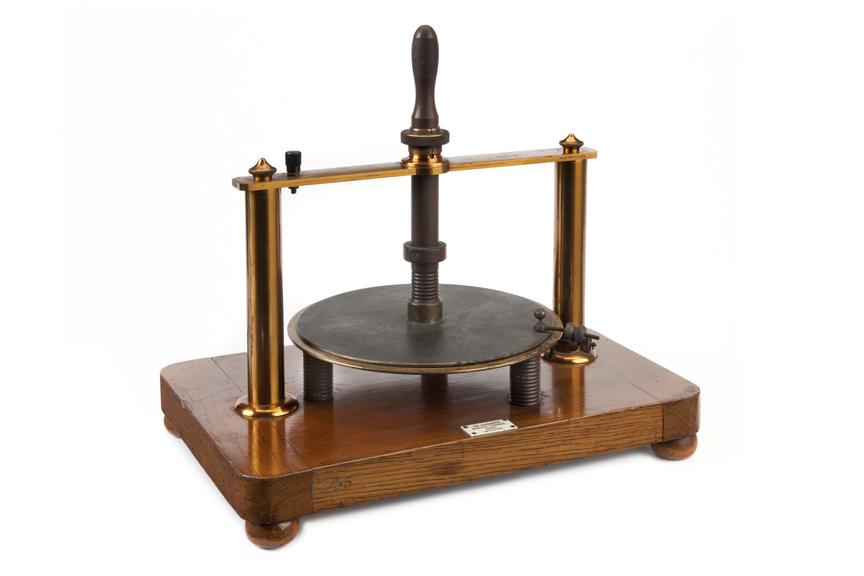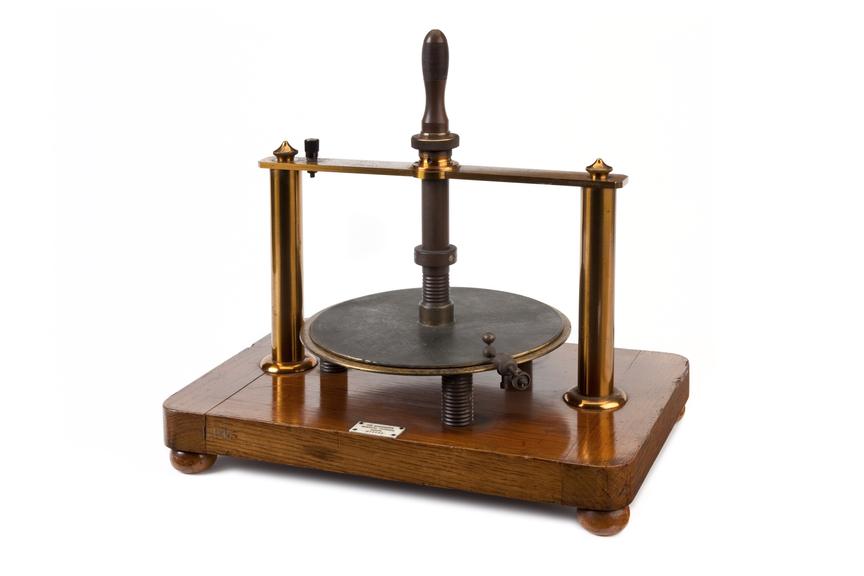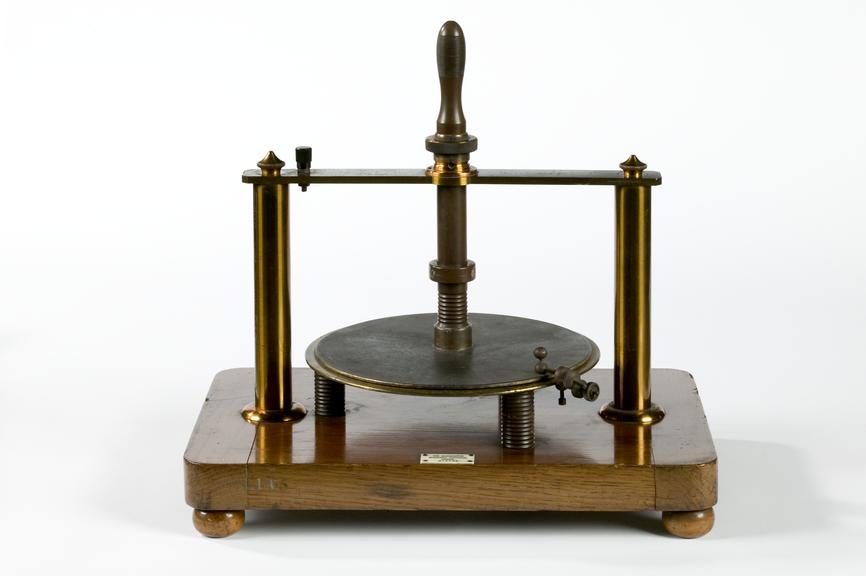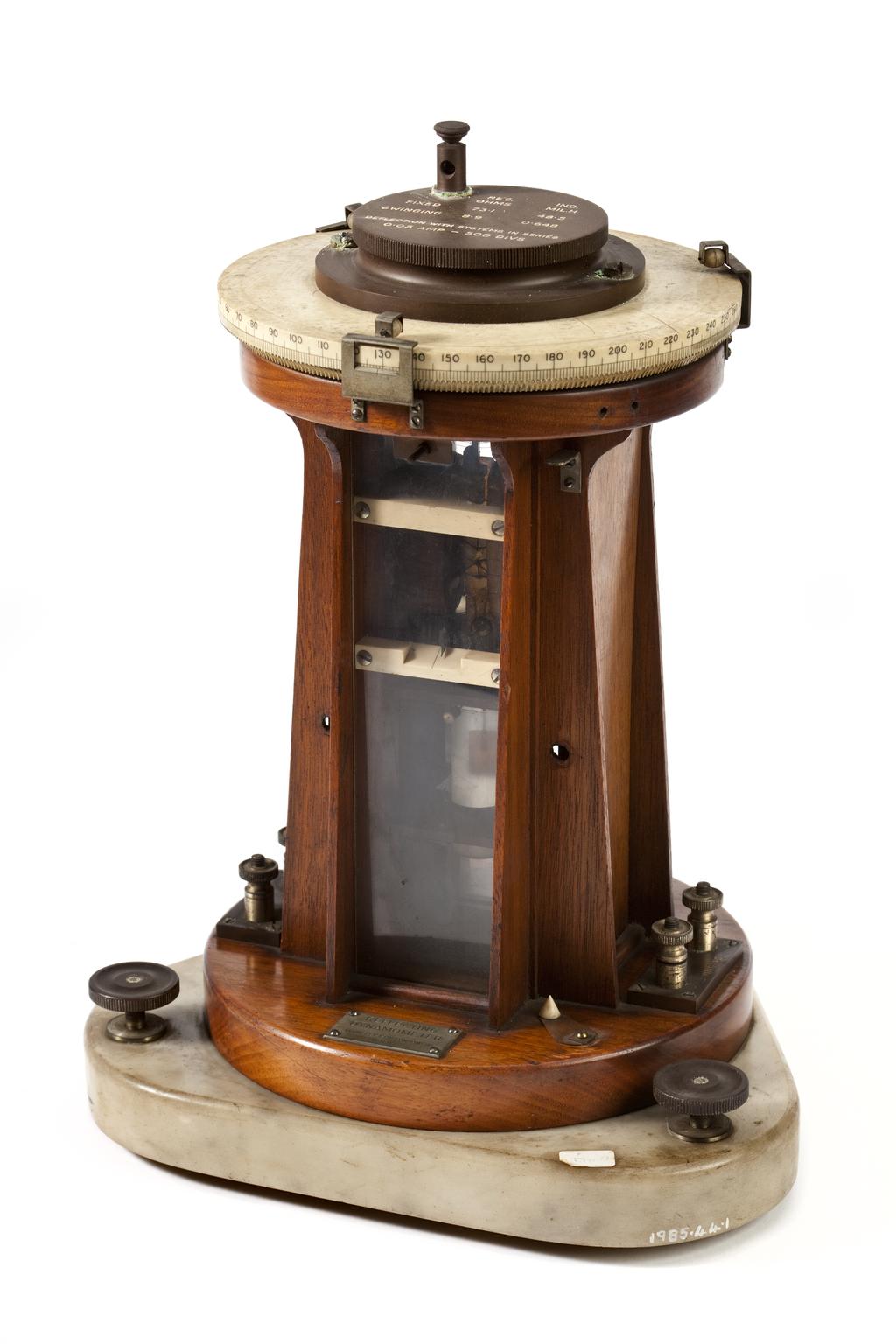
moving coil galvanometer
moving coil galvanometer, made by H. Tinsley & Co., London.






Electrostatic generator, made by the Manchester Municipal Technical School, c.1910, with associated trade literature.

moving coil galvanometer, made by H. Tinsley & Co., London.
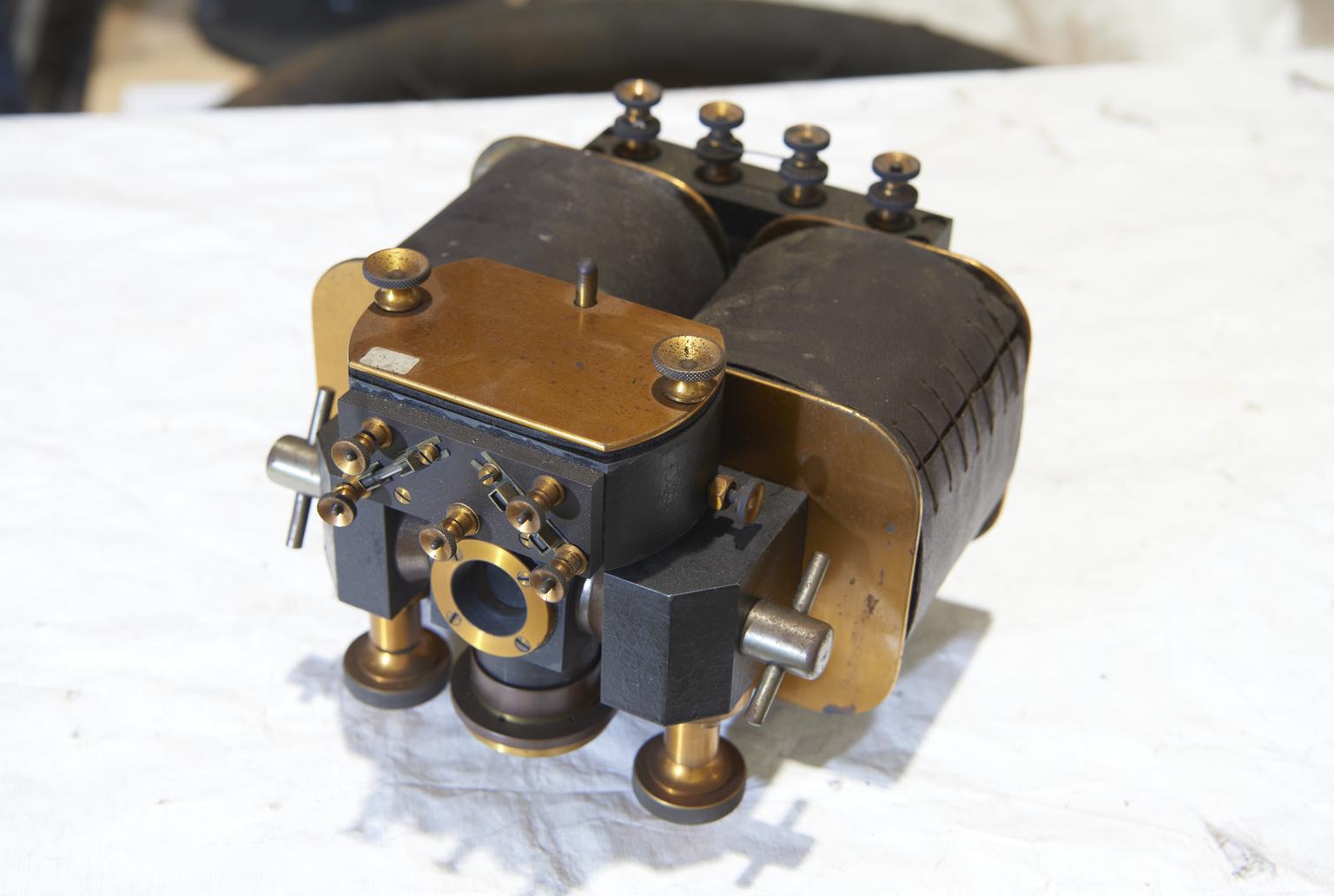
oscillograph; has brass parts.
manufactured by Cambridge Science Instrument Co.
resistance box; labeled 'secondary'. Made of wood, with brass connectors.
potentiometer in wooden box, with removable lid.
manufactured by H. Tinsley & Co.
universal shunt
manufactured by Naider Bros. & Co
moving coil galvanometer.
maufactured by H Tinsley & Co.
Resistance box, wooden case, plastic levers and metal inner workings, made by Gambrell Brothers & Co. Ltd, c. 1940.
electrostatic volmeter; cylindrical with three legs.
Potentiometer, in wooden box; with removable lid.
Manufactured by H Tinsley & Co.
Dr C. V. Drysdale's Universal Standardising Bridge made by H. Tinsley and Co., London.
Potentiometer, in wooden box, with removabe lid
Manufactured by H Tinsley & Co.
Potentiometer, in wooden box, with removabe lid
Manufactured by H Tinsley & Co.
Potentiometer stand
Manufactured by H Tinsley & Co.
Lowrie-Hall electric current converter, manufactured by The Leeds and London Electrical Engineering Co Ltd, Leeds, 1892.
The Lowrie-Hall system was an early (1880s) system of distributing high voltage alternating currents generated at a central generating station. The electricity was distributed at high voltage using high-tension cables at. Converters like this were installed at customer's properties to reduce the voltage ready for local use.
Resistance trolley, possibly made by the National Physical Laboratory, London.
